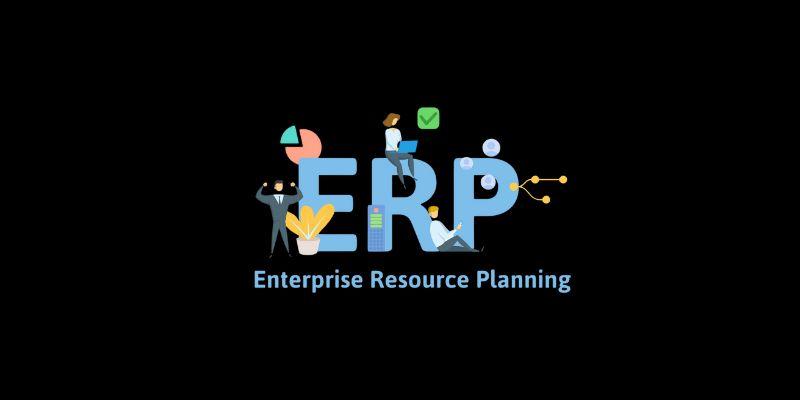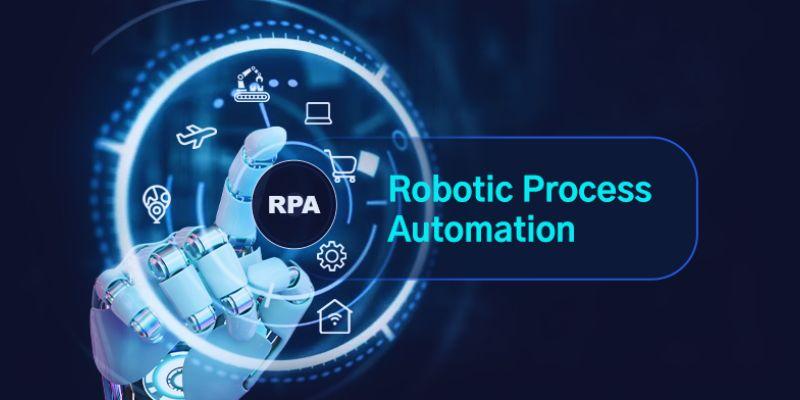Artificial Intelligence is revolutionizing how companies make decisions, streamline operations, and interact with customers. However, with its rising influence comes a hidden threat: AI bias. Left unchecked, bias in AI can lead to unfair treatment, skewed results, and even legal liabilities for businesses. The consequences range from reputational damage to ethical concerns and lost revenue.
As AI systems are increasingly used in hiring, lending, marketing, and healthcare, it’s vital to understand how bias creeps in and what businesses can do to counteract it. Whether you’re a tech leader or a startup founder, recognizing the signs of AI bias can safeguard your operations and reputation. This article explores the risks and preventative strategies related to AI bias in business.
What Is AI Bias?
AI bias is systematic and unfair discrimination when algorithms make decisions based on flawed or imbalanced data. These systems often reflect the human, societal, or institutional prejudices embedded in the data on which they are trained.
AI bias doesn’t always originate from malicious intent; it can arise from incomplete data, poor labelling, or historical inequalities that skew the system’s behavior.
Examples of AI Bias in Business:
- Recruitment Systems: A hiring AI that favors male candidates over equally qualified female applicants due to past hiring data.
- Credit Scoring Algorithms: An AI-based lending tool offering fewer loans to people from minority communities based on historical credit biases.
Top Risks of AI Bias in Business:
Discrimination in Hiring Practices:
AI systems used for resume screening or interview assessments can unintentionally favor specific demographics. If historical data favored white male candidates, the model may learn to rank them higher, marginalizing equally qualified women or minorities.
This affects diversity and exposes companies to lawsuits and reputation damage. To prevent this, businesses must audit their training datasets for bias, diversify inputs, and test hiring algorithms regularly with demographic analysis to ensure fair outcomes.
Unfair Loan or Credit Decisions:
Financial institutions that rely on AI to evaluate creditworthiness may perpetuate systemic bias. AI might deny loans to applicants from specific zip codes or ethnic groups because past data reflected discriminatory lending patterns. Preventing this requires transparency in algorithm design and the inclusion of fairness constraints in the model. Regular performance audits and involvement of ethics boards can reduce unfair outcomes.
Biased Marketing Campaigns:
Marketing AI that segments customers by behavior and demographics may unintentionally target or exclude specific populations. For example, it might promote high-end services only to urban areas or male users, limiting market reach and causing public backlash. To avoid this, marketers should combine AI insights with human review and test campaigns across diverse audiences to ensure inclusivity.

Loss of Customer Trust:
If customers perceive your AI-powered services as biased or unfair, their trust in your brand can be eroded. For instance, facial recognition technology that misidentifies people of color more frequently than others can lead to public outrage and loss of credibility. Trust is maintained when companies are open about how their AI works, what data it uses, and how bias is handled. Explainable AI tools and consumer feedback loops help rebuild user confidence.
Reduced Product Effectiveness:
AI-driven products may underperform for specific user groups. For example, voice recognition systems may fail to understand non-native accents or female voices because of training data bias. Businesses must evaluate AI tools under varied conditions and include representative data from diverse populations to ensure products work for everyone, not just a majority demographic.
Reputational and Legal Risks:
Negative press around biased AI usage can harm a brand’s image and reduce customer loyalty. Additionally, regulations like the EU’s AI Act and anti-discrimination laws in many countries can result in legal action against companies that use discriminatory algorithms.
Preventative measures include aligning AI development with legal compliance, maintaining documentation, and forming AI ethics committees to review deployment strategies.
Poor Decision-Making and Forecasting:
AI models that rely on biased data can deliver skewed predictions, leading businesses to make poor strategic decisions. For example, a retail chain may stock fewer products in minority neighborhoods due to flawed demand predictions and missing sales opportunities.
Regular performance reviews, cross-functional data validation, and human-in-the-loop systems help refine AI output and reduce these blind spots in decision-making.

Internal Team Conflict and Morale Issues:
When employees see biased AI systems implemented without ethical oversight, it can cause frustration and reduce morale. Developers, marketers, or analysts may feel conflicted about using tools that negatively impact people or fail ethical standards.
Companies should encourage internal discussions about AI ethics and include diverse teams in developing and testing AI systems. Training programs on AI fairness can also foster a culture of responsibility.
Practical Ways to Prevent AI Bias:
- Audit Your Data Regularly: Remove or flag historically biased data. Check for imbalances across gender, race, age, or location and rebalance your datasets accordingly.
- Include Diverse Perspectives: Build teams with members from different backgrounds to highlight overlooked data, model development, and implementation biases.
- Use Explainable AI Models: Transparent AI systems let you understand how decisions are made, helping you identify which factors lead to biased outcomes.
- Test Across Demographics: Always validate AI models with diverse test groups. This ensures fair performance across all potential users.
- Train Staff in Ethical AI Use: Educate your development and data science teams on fairness, accountability, and transparency. Awareness is the first step to prevention.
The Benefits of Tackling AI Bias:
When businesses proactively reduce AI bias, they enjoy multiple benefits:
- Enhanced Brand Trust: Customers feel respected and included.
- Improved Decision Accuracy: Data-driven decisions become more reliable and fair.
- Stronger Compliance: Avoid legal challenges by aligning with global standards.
- Greater Inclusivity: Products and services work for broader audiences.
- Competitive Advantage: Ethical AI becomes a selling point in tech-forward markets.
Organizations that embrace fairness build long-term resilience and create systems that align with their core values.
Conclusion
AI bias isn’t just a technical problem; it’s a business risk, an ethical dilemma, and a strategic challenge. The good news is that businesses can take proactive steps to minimize it. Every algorithmic decision, from hiring practices to customer interactions, must reflect fairness, transparency, and inclusion.
By identifying the eight significant risks outlined above and actively preventing them, companies protect their operations and the people they serve. Building trustworthy AI isn’t a one-time effort but an ongoing commitment to improving.












